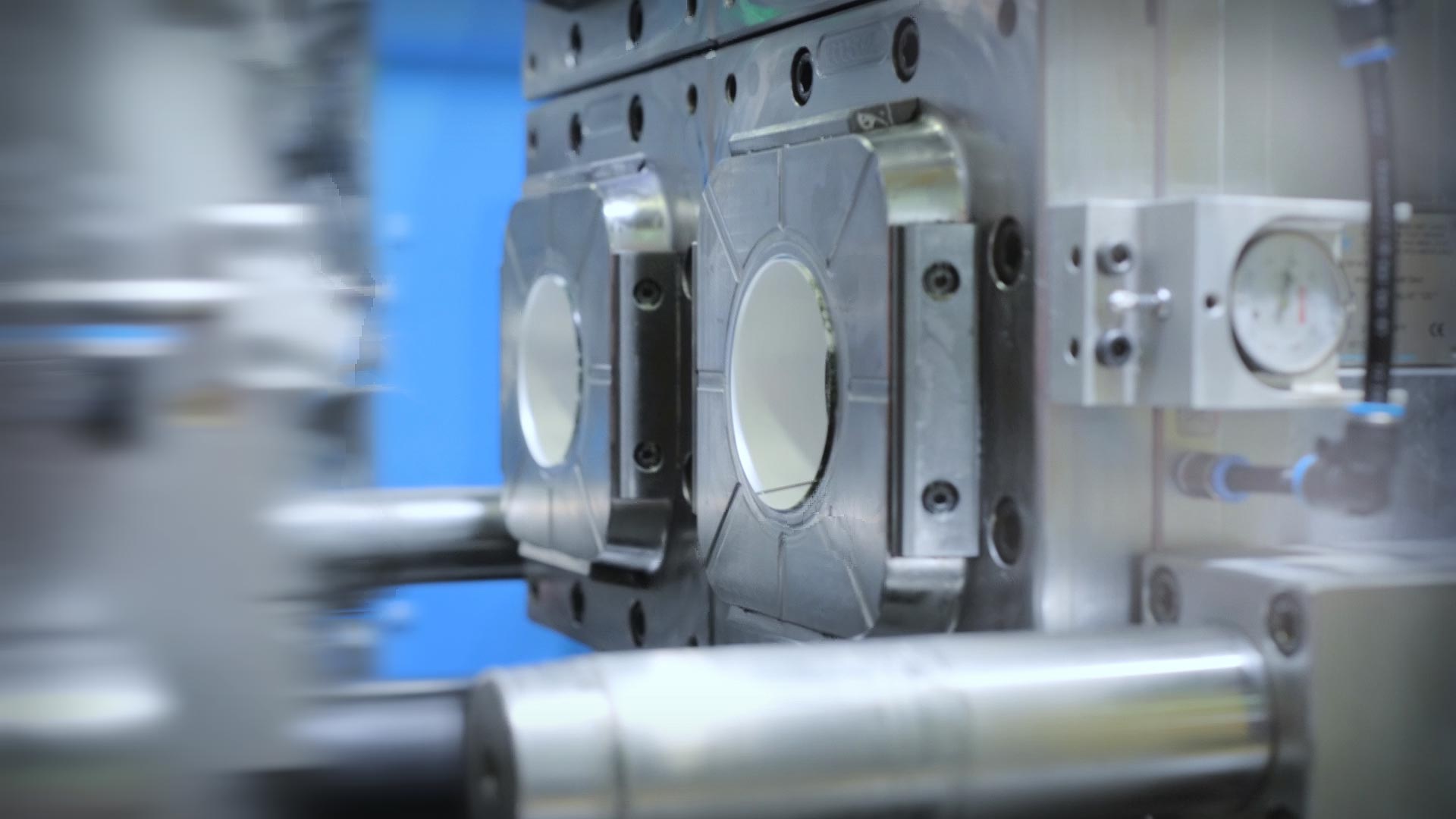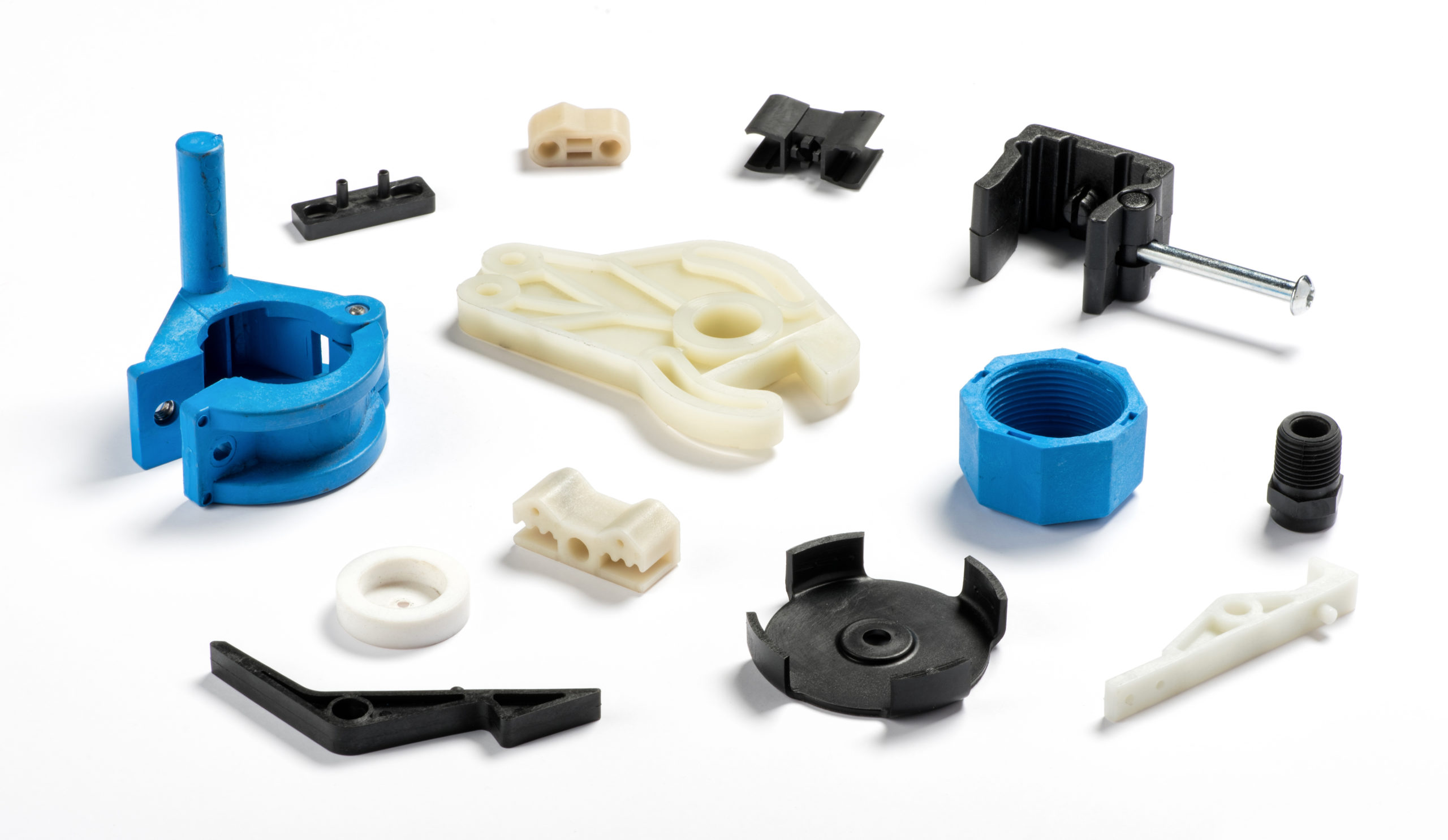The Effect of Plastic Injection Molding on Reducing Production Prices and Waste
The Effect of Plastic Injection Molding on Reducing Production Prices and Waste
Blog Article
Understanding the Fundamentals of Plastic Shot Molding Processes
Plastic injection molding functions as a cornerstone of modern production, providing a methodical strategy to generating complex parts with precision. This procedure not only includes the essential actions of melting and infusing materials right into mold and mildews however also includes a nuanced understanding of numerous influencing elements, such as temperature and stress. As industries significantly require effectiveness and top quality, the complexities of this technique end up being much more vital. Discovering these important aspects could disclose exactly how even small changes can result in significant enhancements in production end results, questioning about the possibility for innovation in this recognized procedure.
What Is Plastic Injection Molding?
Plastic shot molding is an extensively made use of manufacturing procedure that changes polycarbonate and thermosetting products right into precise and complicated forms. This technique is favored for its ability to create high volumes of similar get rid of outstanding accuracy, making it an indispensable technique in numerous sectors, consisting of auto, durable goods, and clinical gadgets.
The procedure involves melting the selected plastic material and infusing it right into a mold under high pressure. The mold and mildew, designed to the specs of the preferred part, permits the molten plastic to take shape as it solidifies and cools down. When the material has solidified, the mold and mildew is opened up, and the finished element is ejected.
Plastic injection molding uses several advantages, including minimized waste, consistency in production, and the ability to include complex designs that may be challenging with other manufacturing approaches. In addition, it sustains a wide array of materials, each offering special properties that can be tailored for particular applications. As industries remain to innovate, plastic injection molding remains at the forefront, enabling the development of advanced products that fulfill developing consumer demands.
The Injection Molding Refine
The shot molding process is an advanced technique that entails several key phases to generate premium plastic parts. At first, plastic pellets are fed into a heated barrel where they are thawed right into a viscous liquid. This molten plastic is after that infused under high pressure right into a precision-engineered mold, which shapes the material right into the preferred type.
When the mold is loaded, the plastic is permitted to strengthen and cool, taking the form of the mold dental caries. Cooling time is critical, as it influences the cycle time and the last properties of the shaped component. After adequate cooling, the mold and mildew opens, and the ended up part is ejected using ejector pins.

Materials Utilized in Injection Molding
Various materials can be used in the shot molding procedure, each offering one-of-a-kind residential or commercial properties Read More Here that cater to certain applications. One of the most frequently utilized products consist of thermoplastics, thermosetting plastics, and elastomers.

Thermosetting plastics, like epoxy and phenolic materials, undertake a chemical modification throughout the treating procedure, causing a rigid, inflexible framework. These materials are ideal for applications needing high warmth resistance and architectural integrity, commonly used in vehicle components and electrical insulators.
Elastomers, consisting of silicone and rubber-based products, supply adaptability and resilience. Their unique homes make them ideal for applications that require elasticity, such as gaskets and seals.
Additionally, specialty materials like bio-based plastics and composites are obtaining grip for their environmental advantages and improved efficiency characteristics, expanding the extent of injection molding applications in various sectors. Comprehending the residential or commercial properties of these materials is vital for selecting the proper kind for details tasks.
Benefits of Shot Molding
Injection molding attracts attention as a highly reliable production procedure that offers countless benefits for producing complicated parts with precision. One of the most significant benefits is the capability to develop detailed designs that would be difficult or challenging to achieve with other approaches (Plastic Injection Molding). The procedure permits detailed functions and tight resistances, making certain high-quality elements
Furthermore, injection molding is recognized for its fast production abilities, making it an excellent selection for high-volume production. Once the mold is developed, parts can be produced rapidly, decreasing preparations and increasing overall productivity. This effectiveness not just reduces manufacturing expenses yet also offers an this page affordable side in the marketplace.
The convenience of products made use of in injection molding further enhances its appeal. A wide variety of thermoplastics and thermosetting polymers can be utilized, allowing producers to select products that best fulfill their details demands, including warm, flexibility, and toughness resistance.
Additionally, the process minimizes waste, as excess material can commonly be recycled and recycled. This sustainability facet contributes my latest blog post to a decreased ecological influence, making injection molding a liable production option. Overall, the advantages of shot molding make it a favored technique for numerous industries.
Elements Impacting Item High Quality
While various variables can affect item top quality in shot molding, understanding these elements is essential for accomplishing optimal results. Key elements include product selection, refining specifications, and mold style.
Material option plays a vital duty, as various polymers display one-of-a-kind residential or commercial properties that influence flowability, stamina, and thermal stability. Poor product selection can cause issues such as warping or insufficient dental filling.
Handling specifications, including temperature, pressure, and cycle time, need to be meticulously controlled. Variations in these setups can result in disparities in component measurements and surface area finish. Exceedingly high temperature levels might cause destruction of the polymer, while insufficient pressure can result in brief shots.
Mold style is similarly crucial, as it establishes the circulation of the molten plastic and the cooling process. Inadequately developed molds may cause irregular air conditioning prices, causing recurring stresses and dimensional errors.

Conclusion
Finally, plastic shot molding offers as a crucial production process that allows the efficient manufacturing of high-quality components. Proficiency of the injection molding procedure, consisting of the understanding of products and the impact of various elements on product quality, is important for accomplishing optimum outcomes. The advantages of this method, such as cost-effectiveness and layout flexibility, more highlight its relevance across numerous sectors, strengthening its condition as a favored selection for high-volume manufacturing.
Plastic shot molding offers as a cornerstone of contemporary production, supplying a methodical method to generating intricate elements with precision.Plastic shot molding provides a number of benefits, consisting of decreased waste, uniformity in production, and the capacity to integrate intricate layouts that might be testing with other making techniques (Plastic Injection Molding). As industries proceed to introduce, plastic injection molding continues to be at the forefront, enabling the development of innovative products that satisfy evolving customer needs
The shot molding process is an innovative method that involves numerous key phases to produce premium plastic components.In verdict, plastic injection molding serves as a vital manufacturing procedure that allows the effective production of high-grade parts.
Report this page